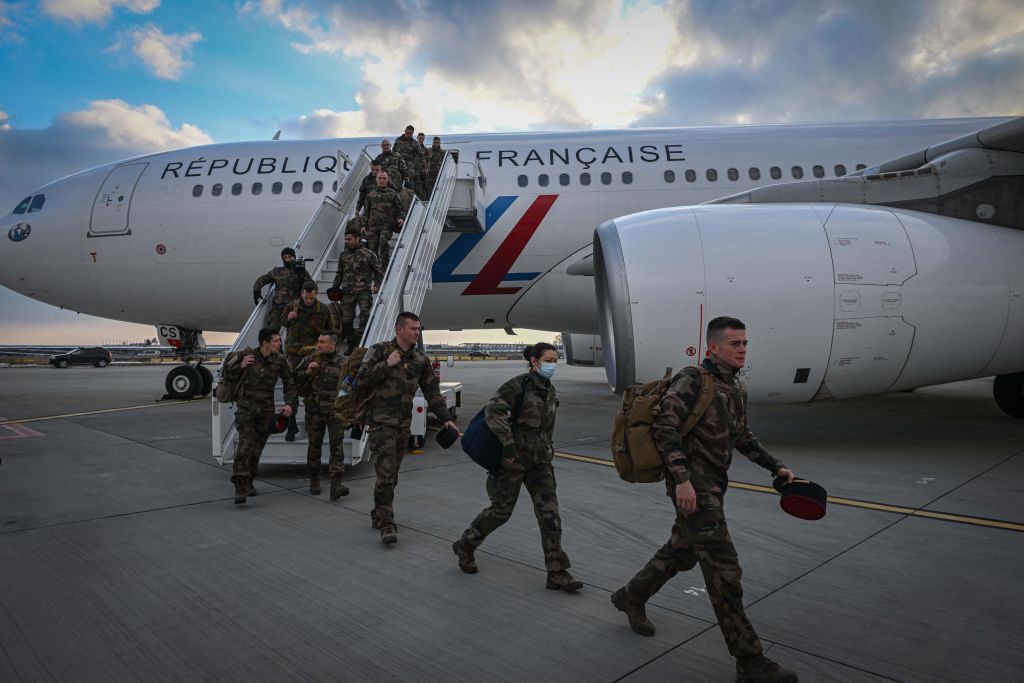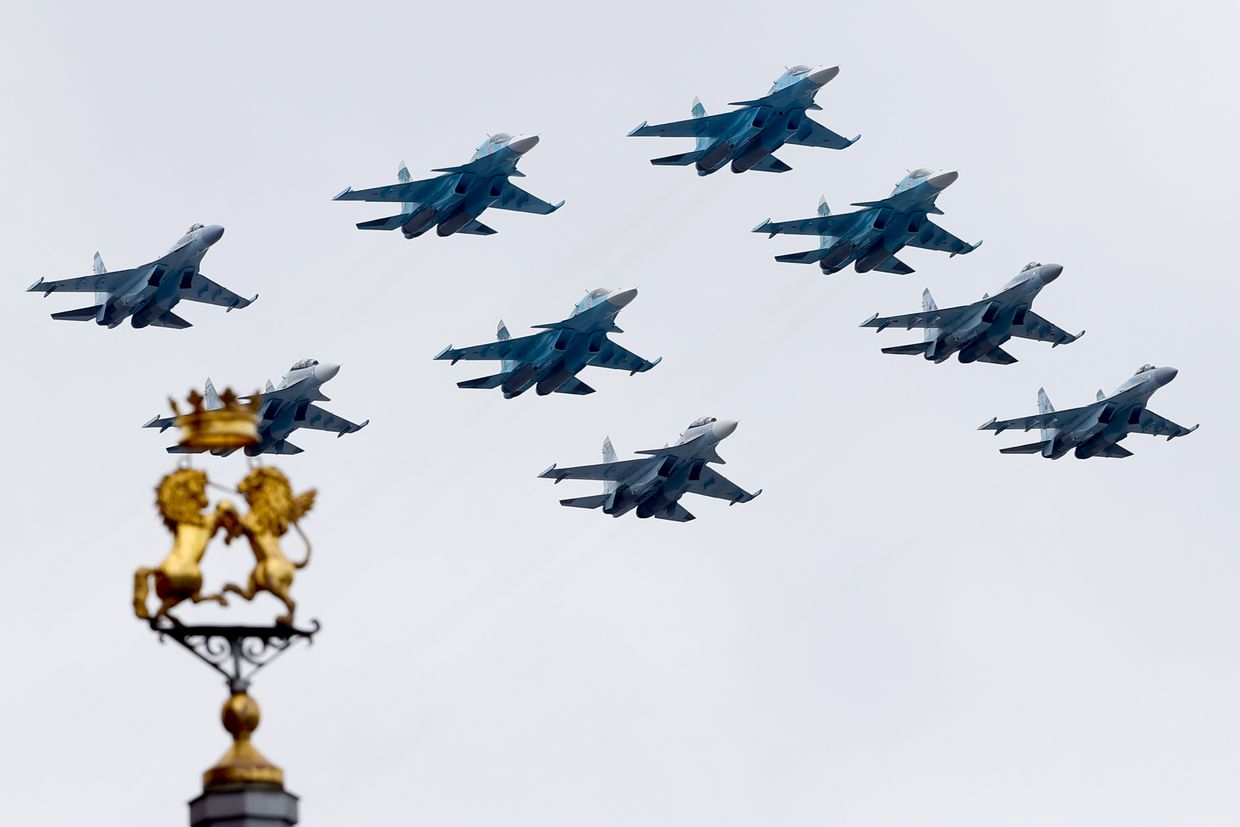Russian equipment losses in Ukraine surpass 15,000, says Oryx OSINT group

The number of vehicles, aircraft, naval vessels, and weapons systems lost by Russian forces since the start of the full-scale invasion of Ukraine has surpassed 15,000, the open-source investigative project Oryx announced on March 24.
The figure includes 2,856 tanks, 135 helicopters, 106 aircraft, 20 naval ships, and one submarine.
As Oryx only publishes visually confirmed data taken from open sources, the real numbers of Russian losses are likely significantly higher.
"What an epic failure from a self-proclaimed military superpower," Oryx contributor Jakub Janovsky said, announcing the milestone in a post on X.
Among the numbers are some of Ukraine’s most spectacular military accomplishments achieved since the full-scale invasion began, not least the first-ever case of a submarine being destroyed by a cruise missile, according to the Ukrainian media outlet Defense Express.
In a Sept. 13 attack, the Rostov-on-Don, one of the Russian Black Sea fleet's four missile-capable submarines, suffered "catastrophic damage" during Ukraine’s first successful missile strike on Sevastopol in occupied Crimea.
An assessment by the U.K. Defense Ministry concluded any efforts to return it to service would probably take years and hundreds of millions of dollars.
Ukraine has been steadily chipping away at Russia’s Black Sea Fleet, most recently just this weekend when the Yamal and Azov landing ships were hit in a missile attack on March 23.
Navy spokesperson Dmytro Pletenchuk said on March 25 that the Russian reconnaissance vessel Ivan Khurs may also have been damaged.
According to Oryx, a total of 21 Russian naval vessels have been successfully targeted by Ukraine’s forces, 16 of which were destroyed and five damaged.
On land, Ukraine has taken out 2,856 tanks, destroying 1,886, damaging 153, capturing 537, and forcing Russia to abandon a further 280, Oryx wrote.
While many of the tanks Russia has lost are older models, such as the T-62 and T-72, Moscow has also lost a significant number of its more modern vehicles, including 72 T-90s.
Russia also lost three of its cutting-edge BMPT Terminators.
This state of the art infantry fighting vehicle was lauded by Moscow as the best troop carrier in the world and impervious to practically any NATO weapon.
Ukraine’s Armed Forces have called these claims into question by taking out three, two of which were achieved using cheap FPV drones.
In the air, of the 106 Russian aircraft either destroyed or damaged by Ukraine, perhaps the biggest loss for Moscow’s air force has been the destruction of its precious A-50 early warning and control aircraft.
The A-50 provides several critical functions for the ongoing war in Ukraine, such as detecting air defense systems, guided missiles, and coordinating targets for Russian fighter jets.
Each has a price tag of around $350 million and Russia possesses less than 10 – Ukraine has managed to down two, most recently one over the Azov Sea on the evening of Feb. 23.
This came during a particularly fruitful period for Ukraine’s Armed Forces – Ukraine reportedly downed 13 Russian warplanes within just two weeks in February.
Russia has lost 103 helicopters, with 30 more damaged, and two captured, according to Oryx.
One of the captured helicopters was a Mi-8, flown by a defecting Russian pilot to a Ukrainian airfield in a daring operation organized by Ukraine’s military intelligence and reported on Aug. 23.
Maksim Kuzminov said that he contacted the Ukrainian side himself and was told he would receive security for himself and his family, payments, and new documents from Ukraine if he defected.
Kuzminov was featured in the documentary "Downed Russian Pilots," which aired on Ukrainian television in September 2023. The film revealed how the landing was planned and carried out, and Kuzminov called on other Russian pilots to follow his lead.
"If you do what I did, this kind of thing, you will not regret it at all. You will be provided for the rest of your life with absolutely everything," Kuzminov said.
But rather than stay in Ukraine, he moved to Spain, where he was found shot dead in February.















